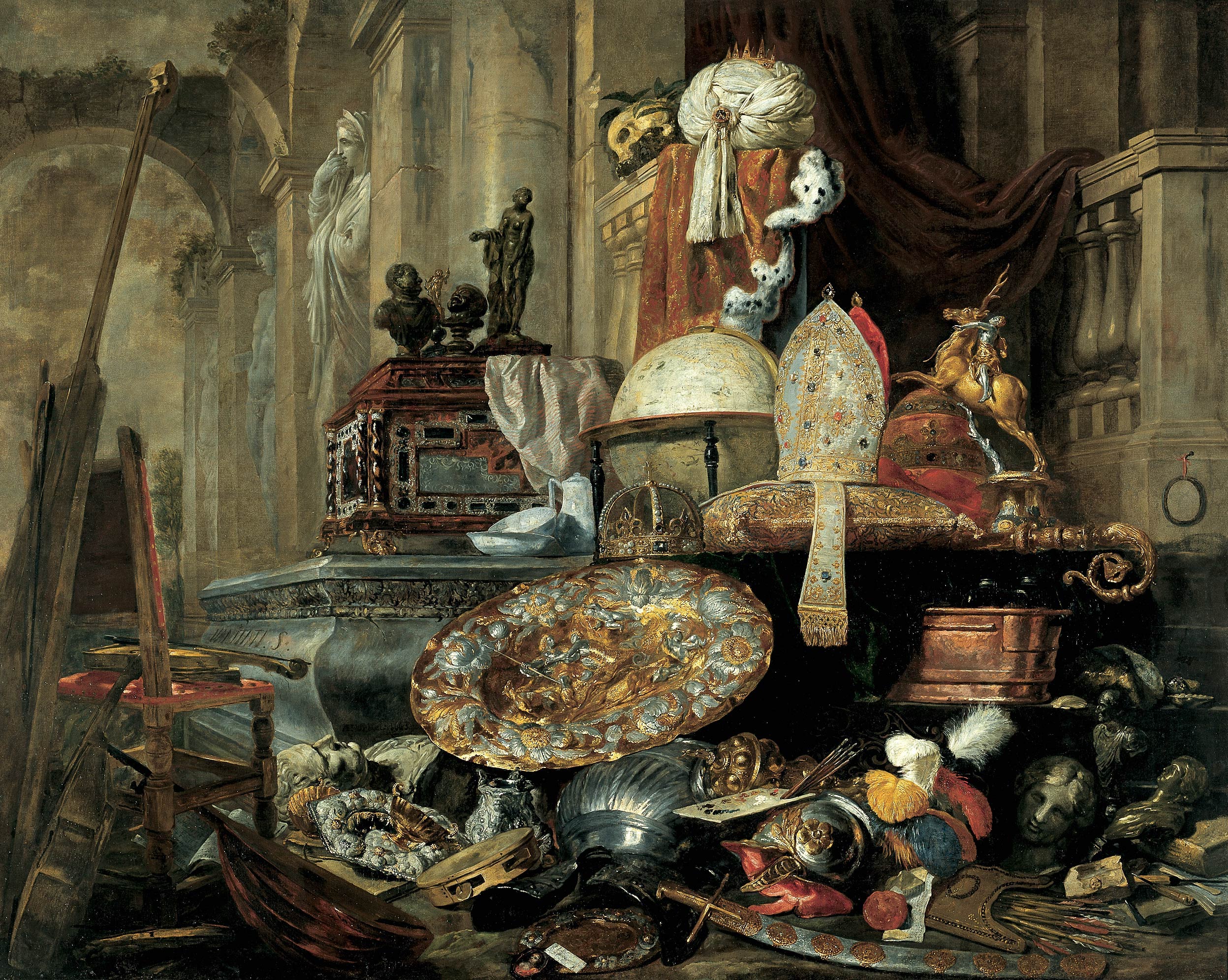
This section is is provided for occasional items that are deemed to fit within a tradition that specifically goes back to Dean Swift of Dublin Cathedral, and will comprise a series of “tales” and “digressions” (to use his terms) of what may be termed an ironic and often fanciful character, which must therefore not be taken too seriously or literally.
A View from the Tub specifically references a title going back to his first major publication entitled, A Tale of a Tub which was published in 1704.
At the time, as Alexander Pope relates, the word tub was widely used in Britain for a pulpit (and commonly though not exclusively, the pulpit of a dissenting or non-conformist congregation) though it has many conotations in this book.
The work was certainly written with ironic intent featuring at its core a work of parody and satire, even though, as Dr. Abigail Williams observed in an Oxford lecture on this work,
“Jonathan Swift’s Tale of the Tub is a brilliant failure. It is a prose satire intended as a defence of the Anglican church, but it was widely interpreted by contemporary readers as an attack on all religion.” Moreover one which at a personal level proved an obstacle to the rest of Swift’s career. Aside from the problem of its being misinterpreted, as an attack on all religion, there was the difficulty, “that the work attacks multiple kinds of things at the same time: it’s an allegory about religious differences; it’s a satire on pedantry and false scholarship; it’s a parody of the contemporary book trade;” and on top of all that, “has attached to it two further treatises, the ‘Battle of the Books’, and the ‘Mechanical Operation of the Spirit’.”
So it is perhaps little wonder that it confused people as much as it did.
By contrast, his far better known work today is Gulliver’s Travels, or Travels into Several Remote Nations of the World. In Four Parts. By Lemuel Gulliver, First a Surgeon, and then a Captain of Several Ships. This too was a sustained prose satire on human nature and the “travellers’ tales” genre and Swift himself said that he wrote it “to vex the world rather than divert it” which of course gets to the heart of the whole tradition of satire itself. For this is a genre which is always making points, however lightly or sharply, that have a purpose and which usually seek to help us see what lies beyond the amusingly absurd –to what is actually important and perhaps being overlooked or being obscured by our latest whims and intellectual fashions
It is also worth noting, that the genre is certainly ancient, going back in Western civilization to the Greeks and Romans –and there will perhaps be other occasion to examine that aspect and its history further.
But for the moment, it will suffice also to point out that the Church has long attracted satirical attention because it can all too easily seem at times both overly serious about itself, and unquestionably absurd, in terms of what its all-too-human members get up to. This can be seen (quite literally in cartoons) down through the centuries, and particularly perhaps in the time of Swift himself, through to the present day.
Extended works of literature have also offered their fair share of instances too, as the works of Anthony Trollope, in his imaginary city of Barchester so well illustrate –with the unforgettable figures of Mrs. Proudy, the bishop’s wife and Obadiah Slope, the bishop’s chaplain among many.
But it is also worth singling out one other particular further figure, who was a truly remarkable more modern exponent of the genre, namely Michael Wharton.
For several decades he produced an almost daily column of satire in The Daily Telegraph newspaper in London entitled, the Way of the World, under the nom de plume of Peter Simple that was hugely fanciful, but also highly effective, in terms of what it lampooned.
Once again, the characters are memorable, of which one or two are worth recalling by way of illustration.
Thus there was the redoubtable northern English figure of Alderman Foodbotham, who was always identified as “the 25-stone (350lb) crag-jawed, iron-watch-chained, grim-booted perpetual chairman of the Bradford City Tramways and Fine Arts Committee”; then there was “J. Bonington Jagworth, “Britain’s most eminent motorist and chief of the ‘Motorists Liberation Front’,” not to mention the redoubtable Mrs. Dutt-Pauker, “the Hampstead thinker” (for an American parallel consider perhaps of the Upper East Side in New York) who was immensely rich, a socialist and admirer of Stalin, and General Sir Frederick “(Tiger)” Nidgett, founder of the Royal Army Tailoring Corps, not forgetting too Dr. Heinz “We are all guilty” Kiosk the world famous psychologist. Inevitably there was also a splendid clergyman in the very improving and up-to-date person of Dr. Spaceley-Trellis the “the go-ahead” Bishop of Bevindon.
But such a fine cast of characters only comprised part of the column’s success, as it was also well done stylistically, as the following sentence attests, in its deft parody of newspaper and indeed Police reporting, replete with the signature touch of antipathetic juxtaposition, (recalled by Christopher Howse in his 90thBirthday tribute to Wharton):
“Dep. Supt. J. S. Harrogate, 52, the police fan club supremo and chairman of the local Pre-Raphaelite Circle”: ‘We are dealing with imponderables here,’ he stated, eyeing the plate of cold meat on his desk with unmistakable foreboding while Blackie, the squad cat, nine, stared at him with baleful yellow eyes through peacock feathers and dried sunflowers in a tall, strangely wrought magenta vase.”
More modest and occasional examples (from most likely anonymous modern authors) pertaining to aspects of church and clerical life are awaited……

